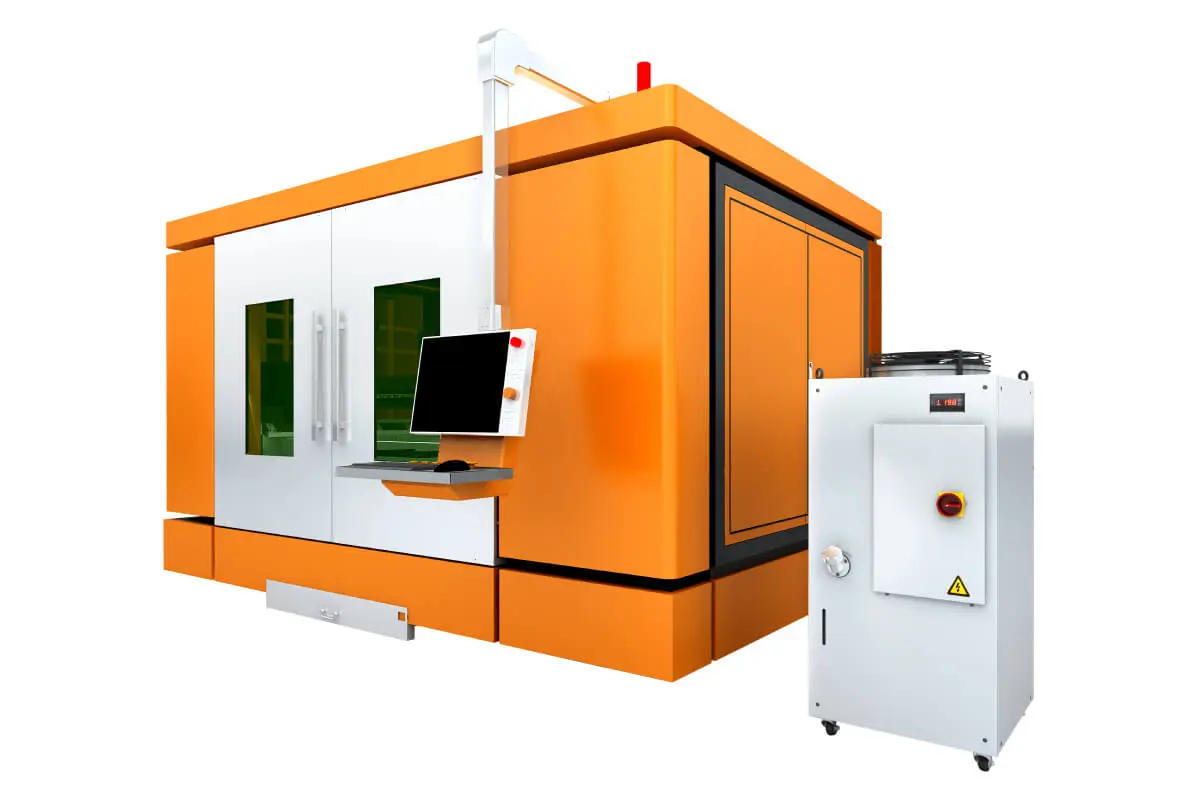****
The manufacturing and construction sectors are undergoing a significant transformation, largely propelled by advancements in technology and machinery. Among the pivotal innovations influencing these fields is the steel cutting machine—a device that has not only improved efficiency but has also redefined precision in metal fabrication. This article delves into the evolution of steel cutting machines, their types, applications, and the benefits they bring to various industries.
A Brief History
The history of steel cutting machines dates back to the Industrial Revolution when craftsmen relied on manual tools to work with metals. The introduction of mechanization in the 18th century marked the beginning of a new era in metalworking. Early machines drastically improved productivity, but they lacked the precision required for modern applications.
As industries progressed through the 19th and 20th centuries, the need for more specialized and efficient steel cutting solutions emerged. The invention of electric-powered and later computer-controlled machines transformed the landscape of metal fabrication. CNC (Computer Numerical Control) technology, introduced in the 1950s, allowed for unprecedented precision, enabling manufacturers to produce complex geometries that were previously impossible to achieve.
Types of Steel Cutting Machines
Today, a variety of steel cutting machines are available, each designed to cater to specific needs and applications. Understanding the differences among them can help businesses select the most appropriate technology for their operations.
1. **Band Saw Machines**: These use a continuous band of teeth on a steel belt to cut through metals. Band saws are versatile and can handle different shapes and sizes of steel, making them ideal for both small workshops and large industrial applications.

The Evolution of Steel Cutting Machines: Revolutionizing Manufacturing and Construction Industries
2. **Plasma Cutting Machines**: Utilizing high-velocity plasma to melt and cut through steel, these machines are particularly favored for cutting thick plates. They offer high-speed cutting and are capable of producing intricate designs with minimal waste.
3. **Laser Cutting Machines**: Known for their accuracy and speed, laser cutting machines employ highly focused beams of light to cut through metal. They are especially useful for applications requiring tight tolerances and smooth edge finishes, making them a staple in the automotive and aerospace industries.
4. **Waterjet Cutting Machines**: These machines use a high-pressure jet of water, often mixed with abrasive materials, to cut through steel. Waterjet cutting is unique since it generates minimal heat, preserving the material’s quality and preventing warping—an essential feature for certain applications.
5. **Shearing Machines**: Commonly used for straight cuts, shearing machines operate by applying a large force to slice through sheets of metal. They are widely used in manufacturing settings where consistent, quick cuts are needed.
Applications in Various Industries
The versatility of steel cutting machines allows them to be utilized in an array of industries. In construction, these machines play a critical role in producing structural components for buildings, bridges, and other infrastructures. The ability to customize sizes and shapes ensures that components fit together precisely, significantly enhancing construction efficiency.
In the automotive industry, steel cutting machines are integral to manufacturing parts and components, contributing to the assembly of vehicles. The precision offered by modern cutting technologies allows for improved safety and performance standards.

The Evolution of Steel Cutting Machines: Revolutionizing Manufacturing and Construction Industries
Moreover, the aerospace sector heavily relies on steel cutting machines due to the stringent requirements for weight and strength. The ability to create lightweight yet sturdy components is crucial for aircraft design, and advanced cutting techniques make this possible.
Benefits of Steel Cutting Machines
The advancement of steel cutting machines brings numerous benefits, including:
1. **Enhanced Precision**: Modern steel cutting machines provide unparalleled accuracy, ensuring that components meet exact specifications.
2. **Increased Efficiency**: Automation and optimization reduce labor costs and production times, allowing businesses to scale their operations.
3. **Waste Reduction**: Advanced cutting technologies minimize material waste by creating cleaner cuts and allowing for more efficient layouts during production.
4. **Flexibility**: Many modern machines can be reprogrammed to accommodate different designs and materials, providing manufacturers with the flexibility to pivot based on market demands.

The Evolution of Steel Cutting Machines: Revolutionizing Manufacturing and Construction Industries
5. **Safety Improvements**: Automated systems reduce the risk of human error and accidents, creating a safer working environment for operators.
Conclusion
Steel cutting machines have dramatically transformed the manufacturing and construction industries by enhancing precision, efficiency, and safety. As technology continues to evolve, we can expect these machines to become even more sophisticated, further revolutionizing metal fabrication. With the continued integration of automation and artificial intelligence, businesses will be better equipped to meet the challenges of modern production demands, ensuring that the steel cutting machine remains an essential tool in the pursuit of innovation and excellence in manufacturing. 1325 Fiber Laser Cutting Machine



